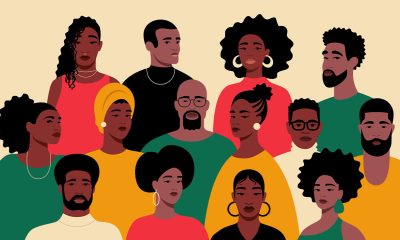Art
Richmond Art Center Announces Trio of Winter Exhibitions
Community members can check out Art of the African Diaspora Jan. 18 through March 18 in the RAC’s Main Gallery, with the opening reception being held Saturday, Jan. 21 from 2 – 4 p.m. The exhibition will spotlight the work of more than 120 artists of African descent “through representation, professional development and building a creative community,” per the RAC.
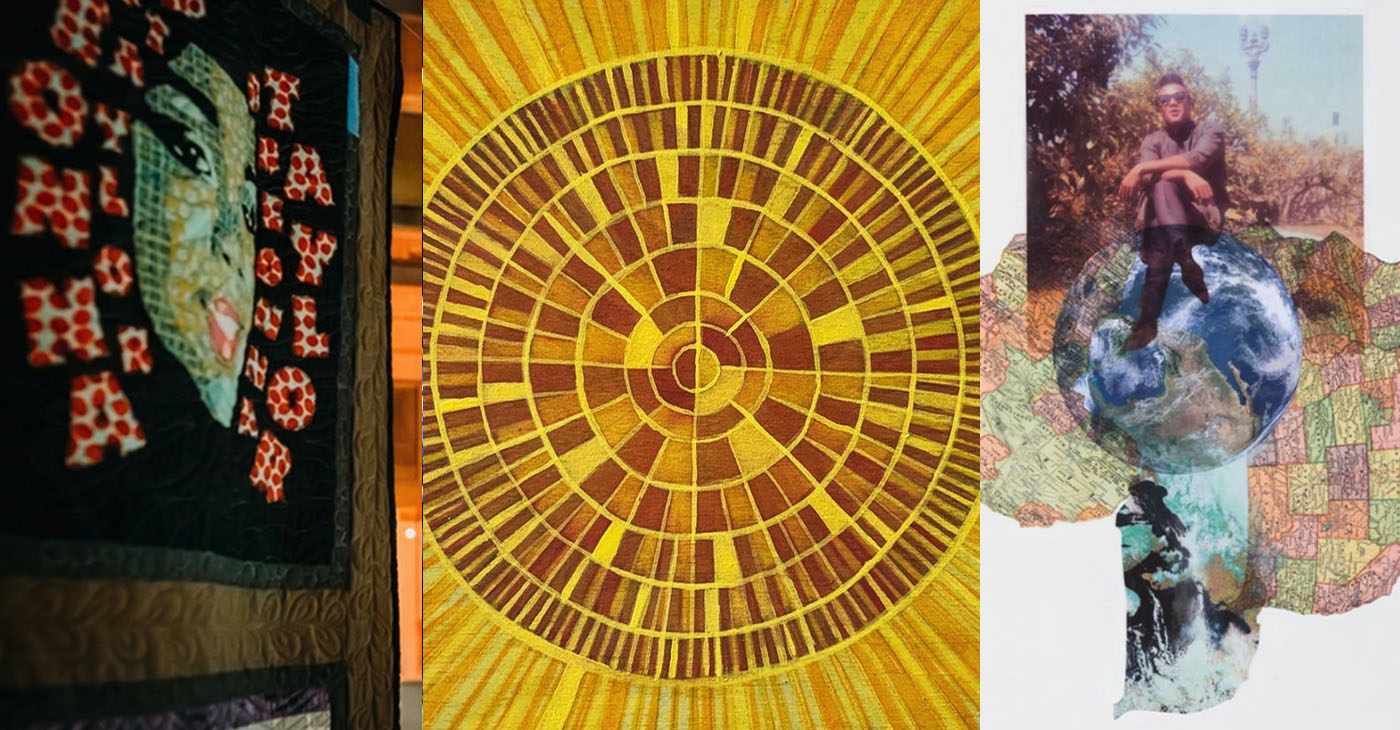
By Kathy Chouteau | Richmond Standard
The Richmond Art Center (RAC) has announced its lineup of three winter exhibitions, including Art of the African Diaspora, Connected Always and The Remembrance Project, on display at its galleries Jan. 18 through March 18, 2023.
Community members can check out Art of the African Diaspora Jan. 18 through March 18 in the RAC’s Main Gallery, with the opening reception being held Saturday, Jan. 21 from 2 – 4 p.m. The exhibition will spotlight the work of more than 120 artists of African descent “through representation, professional development and building a creative community,” per the RAC.
Artists Derrick Bell, Cynthia Brannvall, and Pryce Jones will be featured in the exhibition and community members can find the Art of the African Diaspora print catalog at the center for info about open studios and satellite exhibitions off-shooting from the RAC event. Learn more about the exhibition https://richmondartcenter.org/exhibitions/art-of-the-african-diaspora-2023
Amanda Ayala’s exhibition, Connected Always, will take place in the RAC’s South Gallery Jan. 20 through March 11, 2023. An opening reception is set for Saturday, Jan. 21 from 2 – 4 p.m., while a free Ancestor Wheel Workshop and artist talk open to everyone will be held by the artist Saturday, Feb. 18, 12 – 2 p.m.
Connected Always will see Ayala — who identifies as a Xicana indigenous visual artist — explore our ancestral connections through her latest works. The interdisciplinary Santa Rosa artist runs workshops “that combine artist liberation and social justice for people of all ages,” per the RAC, and will have one as part of her continuing Ancestor Wheel project during her RAC exhibition. Find out more about Ayala’s exhibition at: https://richmondartcenter.org/exhibitions/connected-always/.
The third winter exhibition, The Remembrance Project, will be shown in the Community Gallery Jan. 18 to March 18, with the opening reception being hosted Saturday, Jan. 21 from 2 – 4 p.m. The Remembrance Project Workshop will be held Saturday, Jan. 28 from 2-4 p.m. and a book talk with Sara Trail will happen on Saturday, March 4, from 1-2:30 p.m.
The Remembrance Project is not only “a cloth memorial of activist art banners commemorating the many people who have lost their lives to systems of inequity and racist structures,” per the RAC, but also two special events for community members — the aforementioned workshop and book talk.
The Social Justice Sewing Academy is presenting the cloth memorial, which has been created by volunteers nationwide “to help educate and inform communities about the human impact of systemic violence,” said the RAC.
The community can coalesce with others fighting for social justice and remember those lost to violence, while also learning about the academy’s work, through two related special events. A workshop on Saturday, Jan. 28 will blend craft, art and activism, while the founder of the academy, Sara Trail, will give a talk and book signing of her work Stitching Stolen Lives on Saturday, March 4. The events are free and available to community members of all ages. Learn more about The Remembrance Project at https://richmondartcenter.org/exhibitions/the-remembrance-project
The RAC is located at 2540 Barrett Ave. in Richmond. Gallery hours are Wednesday through Saturday, 10 a.m. to 4 p.m.; the exhibitions and events are free and open to the community.
Activism
Griot Theater Company Presents August Wilson’s Work at Annual Oratorical Featuring Black Authors
The performance explores the legacy of Pulitzer Prize-winning playwright August Wilson whose 10-play Century Cycle chronicles the African American experience across the 20th century, with each play set in a different decade. “Half a Century” journeys through the final five plays of this monumental cycle, bringing Wilson’s richly woven stories to life in a way that celebrates history, resilience, and the human spirit.
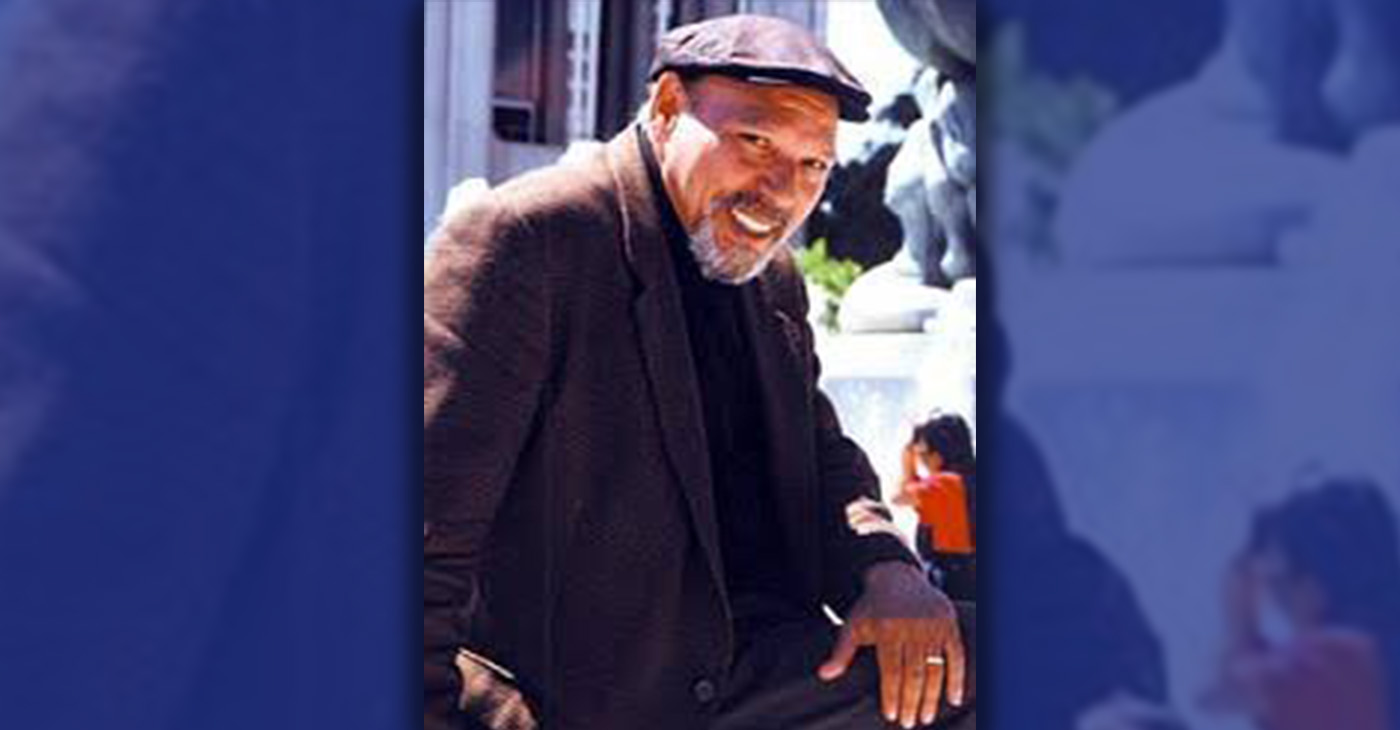
By Godfrey Lee
Griot Theater Company will present their Fifth Annual Oratorical with August Wilson’s “Half a Century,” at the Belrose on 1415 Fifth Ave., in San Rafael near the San Rafael Public Library.
The performance explores the legacy of Pulitzer Prize-winning playwright August Wilson whose 10-play Century Cycle chronicles the African American experience across the 20th century, with each play set in a different decade. “Half a Century” journeys through the final five plays of this monumental cycle, bringing Wilson’s richly woven stories to life in a way that celebrates history, resilience, and the human spirit.
Previous performance highlighting essential Black American authors included Maya Angelou, James Baldwin, and Lorraine Hansberry with Langston Hughes.
The play will be performed at 3:00. p.m. on Feb. 20, 21, 22, 27, and 28 at 7:00 p.m., and on Feb. 23 at 3:00 p.m.
For more information, go to griottheatercompany.squarespace.com/productions-v2
Activism
MLK Day of Service Volunteers Make Blankets and Art for Locals in Need
“Everyone has an opportunity to participate,” said Glenda Roberts, kinship support care program manager at CCYSB. “Our nonprofit organization and participants recognize how important it is to give back to the community and this is serving. As Dr. Martin Luther King, Jr. stated, ‘Everybody can be great…because anybody can serve.’”
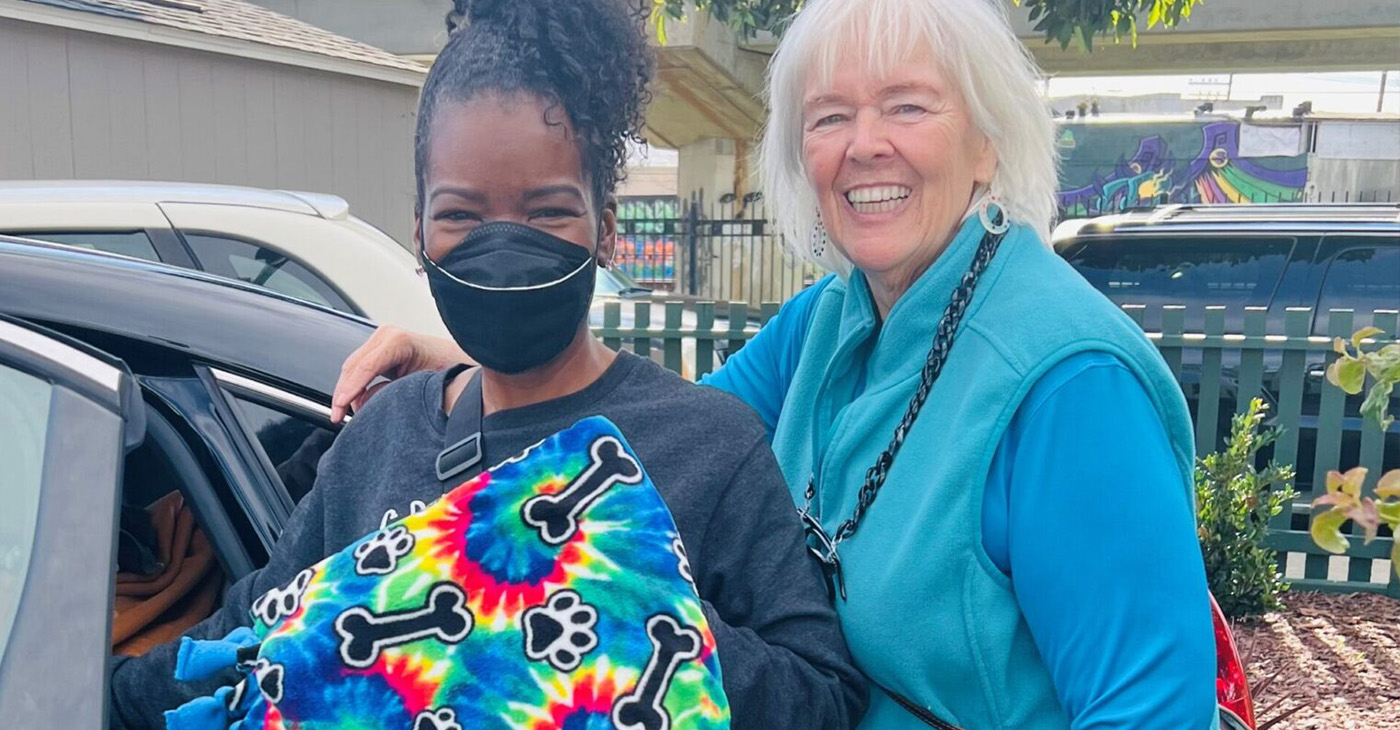
By Kathy Chouteau
The Richmond Standard
The Contra Costa Youth Service Bureau (CCYSB) and Bethlehem Missionary Baptist Church (BMBC) are collaborating with a team of volunteers for a Dr. Martin Luther King, Jr. Day of Service, Monday, Jan. 20 that will wrap the community’s most vulnerable people in warm blankets and provide them with an uplifting gift of art.
Volunteers will kick off their activities at BMBC at 11 a.m., making blankets for the unhoused people served by the Greater Richmond Interfaith Program (GRIP) and art for those in convalescence in Richmond.
Others will get to work preparing a lunch of chili, salad, a veggie tray, and water for participants, offered courtesy of CCYSB, while supplies last.
“Everyone has an opportunity to participate,” said Glenda Roberts, kinship support care program manager at CCYSB. “Our nonprofit organization and participants recognize how important it is to give back to the community and this is serving. As Dr. Martin Luther King, Jr. stated, ‘Everybody can be great…because anybody can serve.’”
“People of all ages are welcome to participate in the MLK Day of Service,” said Roberts. Volunteers can RSVP via phone to Glenda Roberts at 510-215-4670, ext. 125.
CCYSB Boardmember Jackie Marston and her friends donated the materials and supplies to make the blankets and art projects. The nonprofit is also providing the day’s complimentary lunch, as well as employees to volunteer, under the direction of CCYSB Executive Director Marena Brown.
BMBC, led by Rev. Dr. Carole McKindley-Alvarez, is providing the facility for the event and volunteers from the church, which is located at 684 Juliga Woods St. in Richmond.
Located in Richmond, CCYSB is a nonprofit youth advocacy organization that serves eligible children, youth, and low-income families with a variety of wraparound services so they can thrive. Programs include academic achievement, youth mentorship, truancy prevention and direct response.
Art
Vandalism at Richmond Ferry Terminal Saddens Residents
Residents have been lamenting the destruction online. Ellen Seskin posted photos of the vandalism to the Facebook group, Everybody’s Richmond, on Jan. 12, saying she encountered it while out on a walk. “It was on the sidewalk, the street, the doors to the ferry, even in the art installation and the ‘stone’ benches,” she said. “I reported it but knowing how slow they are about getting things done — I just know that the longer you leave graffiti, the more likely they are to spray it again.”
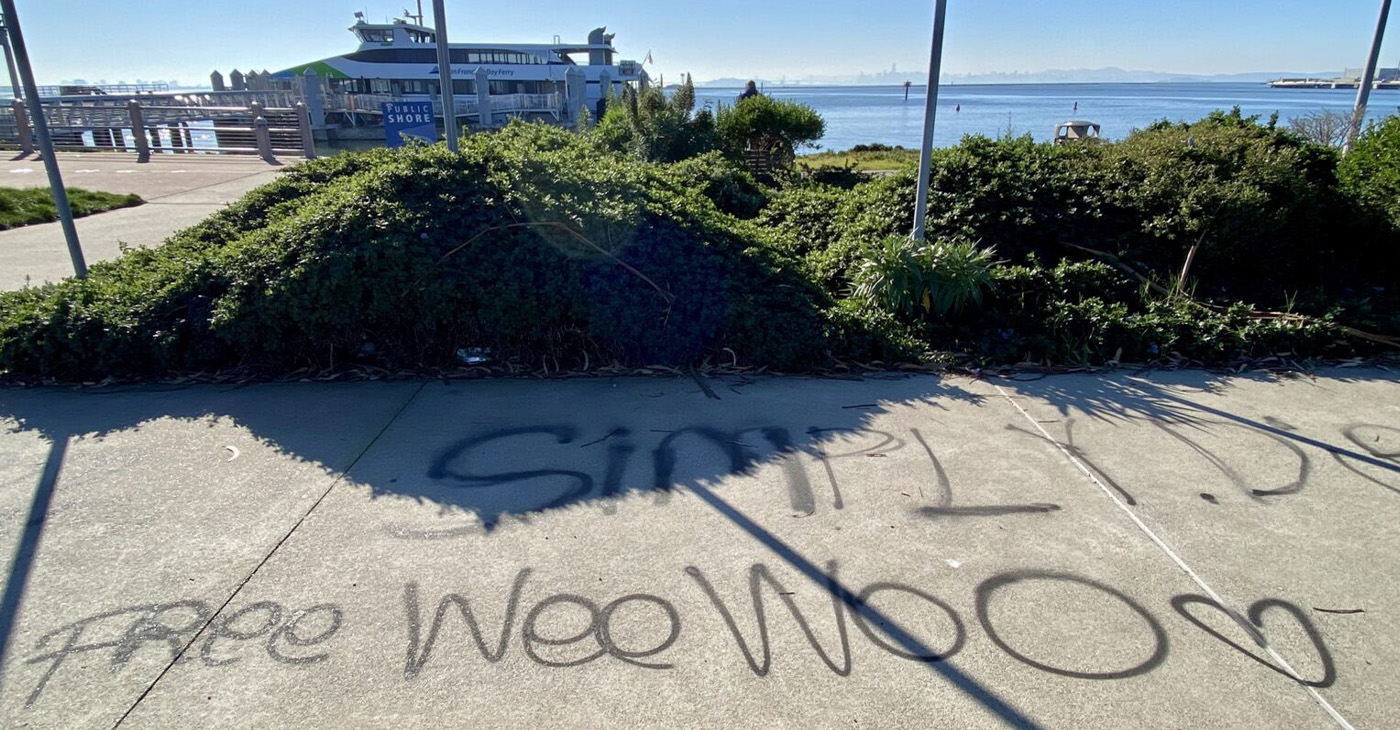
The Richmond Standard
“This is why we can’t have nice things,” stated the post on NextDoor.
The post referenced images of graffiti at the Richmond Ferry Terminal. Not just on the terminal, but also on public artwork, on trail signs, on public benches and the boardwalk.
On Wednesday, the Standard stopped by to see it for ourselves. The good news was that it appears the graffiti on the terminal and on the artwork, called Changing Tide, have been cleaned for the most part. But graffiti remained abundant in the area around the relatively new ferry terminal, which opened to the public just six years ago.
Graffiti artists tagged benches and the boardwalk. Cars that had done doughnuts in the street marked the cul-de-sac just outside the historic Craneway Pavilion.
A ferry worker told us the graffiti had been there since before he started working for the ferry service about a week ago.
A member of the Army Corps of Engineers who did not want to be named in this report called the scene “sad,” as “they’d done such a nice job fixing it up.”
“It’s sad that all this money has been spent and hoodlums just don’t care and are destroying stuff,” he said.
It wasn’t immediately clear how soon the graffiti would be removed. The Standard reported the graffiti to the city’s graffiti abatement hotline. We were prompted to leave a message reporting the address and location of the graffiti.
Residents have been lamenting the destruction online. Ellen Seskin posted photos of the vandalism to the Facebook group, Everybody’s Richmond, on Jan. 12, saying she encountered it while out on a walk.
“It was on the sidewalk, the street, the doors to the ferry, even in the art installation and the ‘stone’ benches,” she said. “I reported it but knowing how slow they are about getting things done — I just know that the longer you leave graffiti, the more likely they are to spray it again.”
In the comment section responding to Seskin’s post, local attorney Daniel Butt questioned why there aren’t cameras in the area.
On Nextdoor, one resident suggested searching to see if the tags match any accounts on Instagram, hoping to identify the perpetrator.
On its website, the City of Richmond says residents should graffiti immediately call Public Works graffiti removal and/or Code Enforcement at 510-965-4905.
Kathy Chouteau contributed to this report.
-

 Activism3 weeks ago
Activism3 weeks agoWe Fought on Opposite Sides of the Sheng Thao Recall. Here’s Why We’re Uniting Behind Barbara Lee for Oakland Mayor
-

 Activism4 weeks ago
Activism4 weeks agoSan Francisco Is Investing Millions to Address Food Insecurity. Is Oakland Doing the Same?
-

 #NNPA BlackPress4 weeks ago
#NNPA BlackPress4 weeks agoRev. Dr. Jamal Bryant’s Black Church Target Boycott Mobilizes 150,000
-
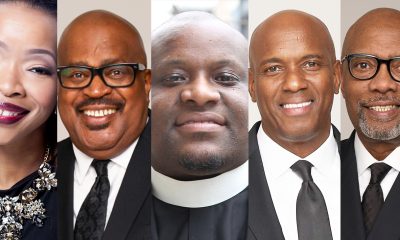
 Activism3 weeks ago
Activism3 weeks agoFaith Leaders Back Barbara Lee for Mayor, Criticize Candidate Loren Taylor for Dishonest Campaigning
-

 Activism4 weeks ago
Activism4 weeks agoOakland Post: Week of March 12 – 18, 2025
-

 Activism3 weeks ago
Activism3 weeks agoOakland’s Most Vulnerable Neighborhoods Are Struggling to Eat and Stay Healthy
-

 #NNPA BlackPress4 weeks ago
#NNPA BlackPress4 weeks agoRecently Approved Budget Plan Favors Wealthy, Slashes Aid to Low-Income Americans
-

 Activism3 weeks ago
Activism3 weeks agoGroup Takes First Steps to Recall District Attorney Diana Becton



